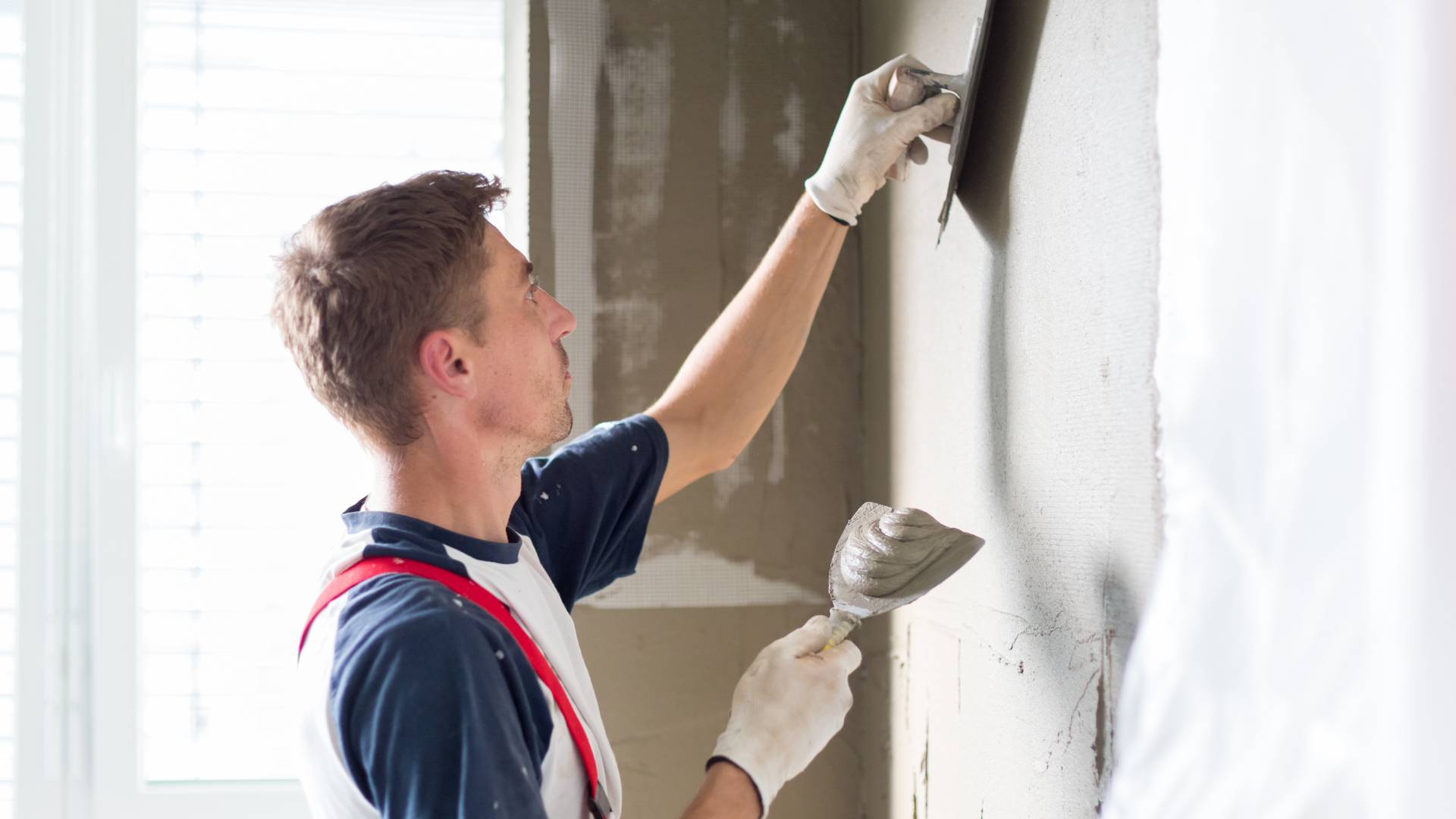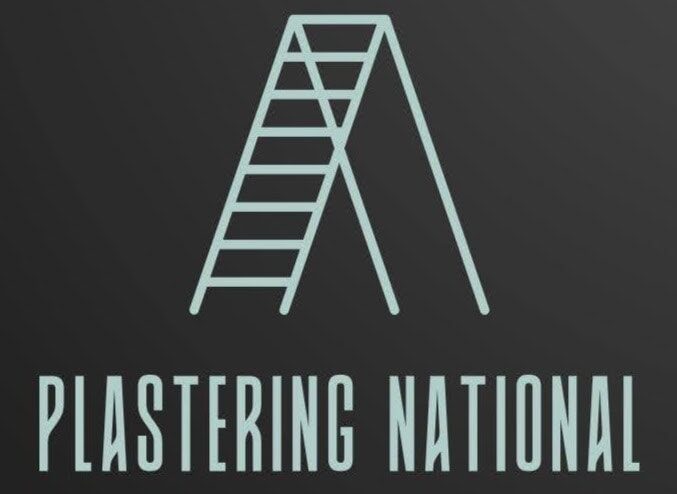Plaster walls offer timeless beauty and durability, adding sophistication and character to any home. Their smooth finish and ability to resist wear over time make them an elegant addition to interiors. However, plaster walls do require regular care and maintenance to ensure they continue to look their best.
Understanding the essentials of plaster wall maintenance is key to preserving their longevity and avoiding costly repairs. This guide will cover essential tips on preventing plaster damage, how to fix common issues such as cracks and holes, and when it’s best to seek professional assistance for extensive plaster wall repair.
Let’s Get Straight To The Point
Plaster walls add elegance but require regular care. Prevent damage by inspecting walls, cleaning gently, and controlling humidity. Repair minor cracks and holes with DIY methods, but seek professional help for extensive damage. Proper maintenance ensures plaster walls remain beautiful and durable for years.
Common Causes of Plaster Wall Damage
Several factors can contribute to plaster wall damage. Recognising these causes early can help prevent more serious issues. The following are the most common contributors to plaster wall deterioration:
Physical Impact
Plaster is a rigid material and can crack or chip when subjected to physical impact. Activities such as moving furniture or accidental knocks from daily living can cause plaster wall cracks or dents. The lack of flexibility in plaster means even minor impacts can cause visible damage.
Water Exposure
Water is one of the most significant threats to plaster. Water damage plaster walls can occur when leaks from roofs, pipes, or windows allow moisture to penetrate the plaster. Prolonged moisture exposure can lead to plaster softening, crumbling, or even mould growth, making it essential to address any water ingress promptly.
Structural Shifts
As buildings naturally settle over time, structural issues plaster walls can emerge, including cracks or bulges. These shifts may be due to foundation movement or the natural settling of the house. In older homes, these issues can be more pronounced and often need professional attention.
Temperature and Humidity Fluctuations
Plaster is sensitive to changes in temperature and humidity. Temperature effects on plaster can cause the material to expand and contract, leading to cracks and weakened areas. Maintaining stable indoor climate conditions, such as controlling humidity for plaster walls, can help prevent damage.

Essential Plaster Wall Maintenance Tips
Proper plaster wall maintenance is essential for preventing damage and ensuring plaster walls remain in excellent condition. Here are some important tips to maintain your plaster walls:
Regular Plaster Wall Inspections
Regularly inspect your plaster walls for signs of damage. Checking every few months can help identify minor issues like cracks, discolouration, or water stains before they worsen. Pay close attention to areas near windows, doors, and corners, which are more prone to damage. Early detection enables timely repairs, helping you avoid more costly fixes later on.
Gentle Cleaning Techniques
To maintain the aesthetic appeal of your plaster walls, regular cleaning is essential. Plaster wall cleaning techniques should focus on dusting with a soft microfiber cloth or vacuuming with a soft brush attachment. If stains occur, use a damp sponge with mild soap, but avoid oversaturating the surface with water, as this can damage plaster.
Climate Control for Plaster Walls
Maintaining consistent temperature and humidity levels in your home is crucial for preventing plaster damage. Humidity control for plaster walls helps prevent moisture absorption, which can lead to issues like mould growth or plaster degradation. Use dehumidifiers or air conditioning to keep the indoor environment stable, especially in areas prone to high humidity.
Plaster Wall Repair Tips for Minor Damage
Even with regular maintenance, minor damage such as small cracks or holes can occur over time. Fortunately, these issues can often be repaired with simple DIY plaster wall repair methods. Below are step-by-step tips for fixing plaster holes and plaster wall cracks:
Fixing Small Cracks
Small cracks in plaster are common and easy to repair. Start by cleaning the damaged area to remove dust and debris. Apply a flexible filler or plaster repair compound to fill the crack. For deeper cracks, you may need to apply the filler in layers, allowing each layer to dry before adding the next. Smooth the surface with a putty knife to ensure the repair blends seamlessly with the rest of the wall.
Repairing Larger Holes
For larger holes in plaster, you’ll need a plaster patch to restore the wall’s strength. Clean the damaged area thoroughly, then apply a patch of plaster in layers, letting each layer dry before applying the next. Use a putty knife to smooth the surface and achieve a level finish. Once dry, sand the patch for a smooth texture before painting.
Plaster Wall Crack Repair Materials
When repairing plaster, choosing the right materials is essential. For small cracks, spackling compound or joint filler is sufficient. However, for larger holes or more significant damage, use plaster patches to ensure the repair matches the original wall’s strength and appearance.
Preventive Measures to Extend the Life of Plaster Walls
Taking preventive steps can significantly extend the life of your plaster walls. Below are several ways to preserve the beauty and strength of your walls:
Proper Preparation Before Painting
Before painting plaster walls, clean the surface thoroughly to remove any dirt, dust, or grease. Ensure any cracks or holes are filled, and apply a primer suitable for plaster. Priming the wall ensures that paint adheres properly and reduces the risk of moisture absorption.
Choosing the Right Paint for Plaster Walls
Breathable paints, such as lime-based or clay-based paints, allow moisture to evaporate from plaster. These paints are ideal for preventing moisture damage to plaster walls. In areas with high moisture, such as bathrooms, choose a semi-gloss or satin finish for better resistance to water.
Seasonal Inspections
Conduct seasonal inspections to catch any issues caused by changes in temperature or humidity. This proactive approach will help identify potential problems before they become more severe. Inspect for cracks, moisture stains, and other signs of wear.

When to Call a Professional for Plaster Wall Restoration
While minor damage can often be repaired by homeowners, extensive damage requires professional attention. Here are signs that you should seek help from a specialist:
Extensive Water Damage
If you notice large sections of crumbling plaster or significant water damage, it’s time to call in a professional. Water damage that has affected large areas of plaster may signal deeper issues, such as leaks or structural problems, that need expert evaluation.
Ornamental Plasterwork
Homes with intricate or historic plaster designs require specialist knowledge for repairs. If you have decorative mouldings or other ornamental plasterwork, it’s advisable to consult with an expert to ensure the design is preserved during repairs. Plaster wall restoration professionals can restore these delicate features with the right techniques and materials.
Conclusion
Proper care and plaster wall maintenance are essential for preserving the beauty and durability of plaster walls. Regular inspections, cleaning, and climate control can help prevent common problems like cracks, water damage, and moisture absorption.
DIY plaster wall repair techniques can address minor issues, while larger, more complex damage may require professional attention. By following these tips and staying proactive, your plaster walls will continue to add elegance and charm to your home for many years to come.
Frequently Asked Questions
What Are The Most Common Causes Of Plaster Wall Damage?
Plaster wall damage typically arises from several sources, including physical impacts (like furniture bumps), water damage from leaks or humidity, structural shifts in the building, and fluctuations in temperature and humidity. Each of these factors can cause plaster to crack, crumble, or detach from its underlying support.
How Can I Prevent My Plaster Walls From Cracking?
To prevent plaster walls from cracking, maintain a stable indoor environment with controlled temperature and humidity levels, avoiding extremes. Regularly inspect your walls for early signs of damage and address any issues promptly. Before painting or applying wallpaper, ensure the walls are properly primed to reduce stress on the plaster.
Can I Repair Minor Plaster Wall Damage Myself?
Yes, minor damages like small cracks or holes can often be repaired DIY using a plaster patch, joint compound, or a suitable filler. Start by cleaning the damaged area thoroughly, then apply the filler, smooth it out, and allow it to dry completely before sanding it. However, for larger or more complex damage, professional assistance may be needed.
When Should I Call A Professional To Repair My Plaster Walls?
Call a professional if the damage is extensive or if you suspect underlying structural issues. Professionals should also be consulted for repairs in historic homes or when dealing with ornamental plasterwork to ensure the repairs respect the original craftsmanship and materials.
What Should I Look For In A Plaster Repair Contractor?
When choosing a plaster repair contractor, look for someone with experience specifically in plasterwork, especially if your home has historical significance. Check their credentials, reviews, and past project photos. Get multiple quotes to compare and ask detailed questions about their approach to ensure they will use materials and methods compatible with your existing plaster.

